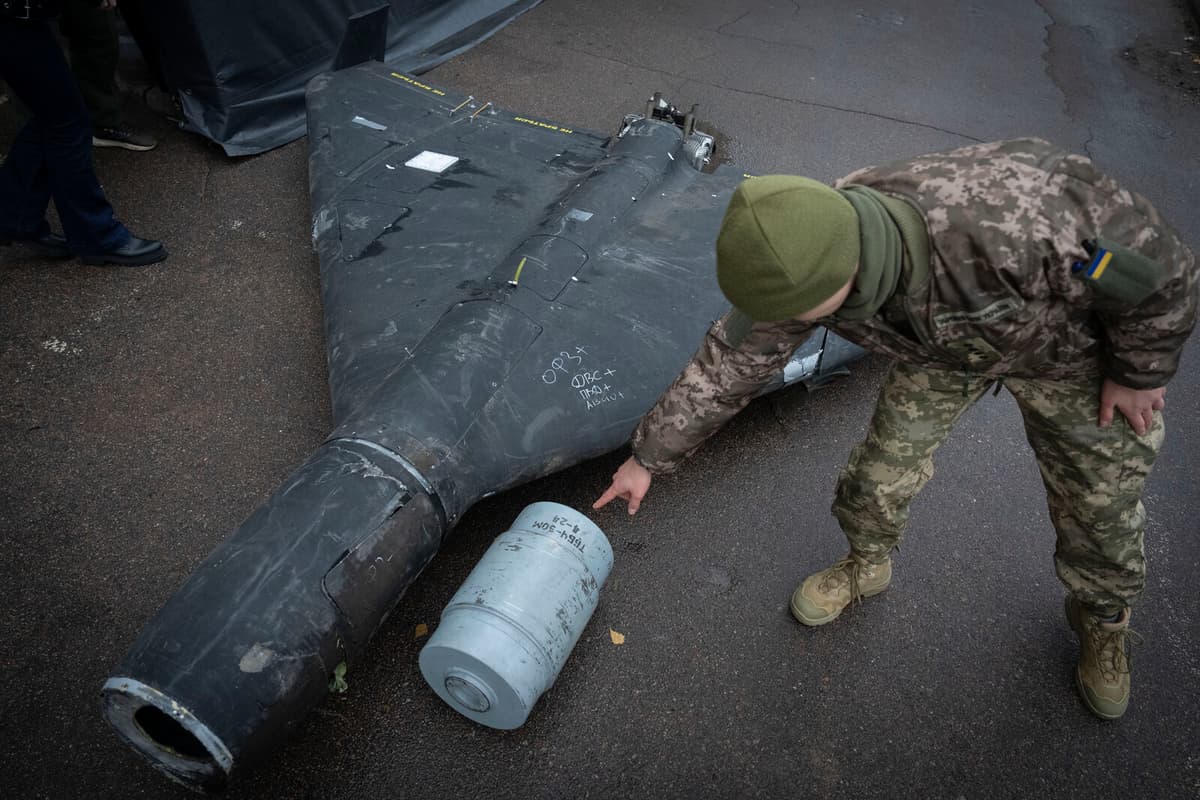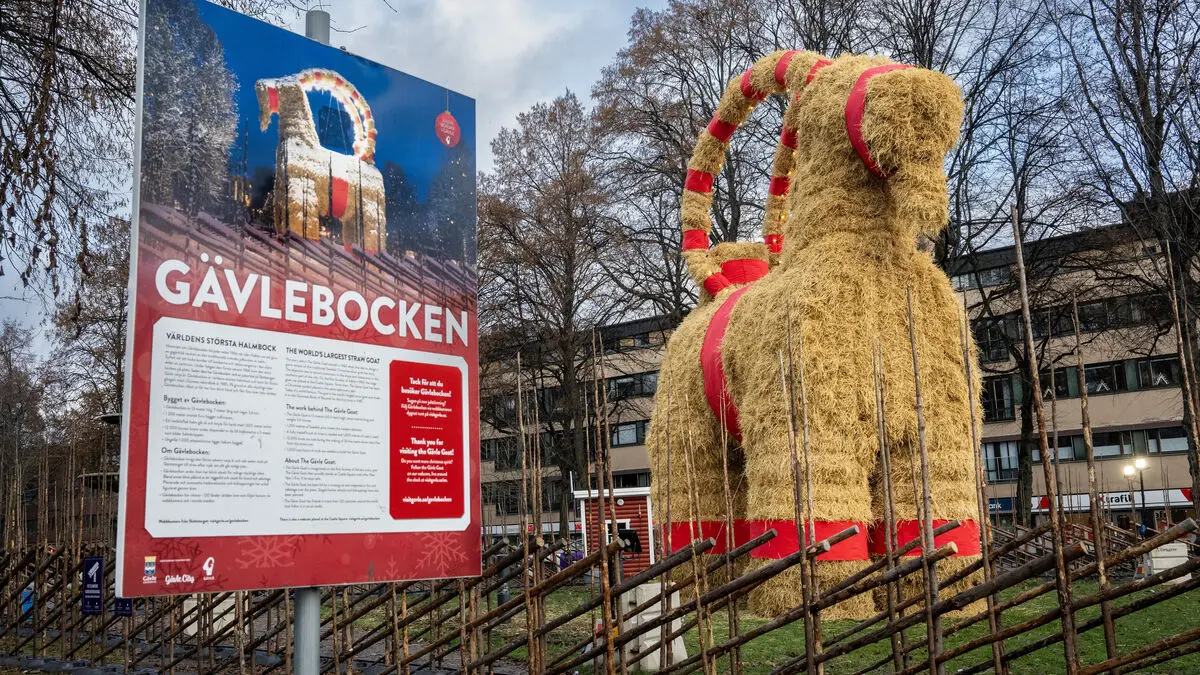According to AP, the Russian drone strategy is simple: Overwhelm the Ukrainian air defense so that something gets through. To achieve this, a plan was launched in 2022, called "Operation False Target". In short, it involves manufacturing decoy drones. Drones that are filled with rags and foam rubber instead of explosives.
The idea was to create drones that create uncertainty for the enemy. So that he doesn't know what is a deadly weapon or what is more or less a toy, says a person with insight into the plan to AP.
"Massive fear"
But far from all Russian drones are harmless. According to AP, Russia has increased the production of so-called vacuum bombs, which are part of the drone swarms sent to Ukraine. A vacuum bomb, or thermobaric weapon as it is also called, has, in simplified terms, an initial explosive charge and a subsequent pressure wave that ignites. The weapon is "extra effective" in enclosed spaces such as tunnels.
This type of weapon has the ability to destroy massive buildings, especially apartment complexes, says a Russian soldier who AP has spoken with.
An expert on international human rights says:
Thermobaric weapons, thanks to the cloud they create, affect everything in their radius. It creates massive fear among the civilian population.
"Can't distinguish"
For Ukraine, it is impossible to distinguish which drones in a swarm are harmless. Something that has become increasingly difficult as the war has progressed. According to sources for AP, Russia has begun using Ukrainian SIM cards and other technology that makes it harder for Ukraine to distinguish and disrupt the drones.
For us, it's just a point on the radar, it has speed, direction, and altitude. We can't distinguish the exact target, so we either use jamming technology or firepower to neutralize them, says a spokesperson for the Ukrainian air force.
The enemy uses it to distract our attention.





